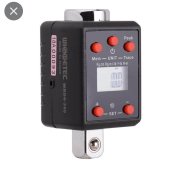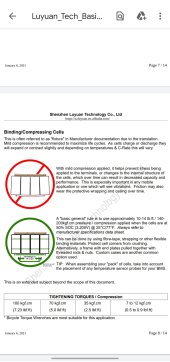Frank in Thailand
making mistakes so you don't have to...
For the sake of your argument..
3500ah..
That is 11.5 X 300Ah. Cell sets of 16 cells with 300Ah.
Tier 3 is only 11kw.
My current setup with 16.5kw would be able to handle this, with 1000ah battery.
1000 X 51.2 = 51kw.
16.5kw is just C 0.25 or discharge the +1000ah battery at 75A.
So your worse case scenario is 75 A on the 300Ah pack...
If you would have 3.5..
You have 3500ah..
So you have 7.5A load during your worse case scenario.
Edit:
Unless you are planning to charge the Tesla 50kwh battery (for model 3) with your home built 300ahx51.2v = 15kwh at maximal capacity....
Again... This is solar forum for normal home usage.
Draining the cells as fast as possible to recharge your EV...
Isn't normal home usage
3500ah..
That is 11.5 X 300Ah. Cell sets of 16 cells with 300Ah.
Tier 3 is only 11kw.
My current setup with 16.5kw would be able to handle this, with 1000ah battery.
1000 X 51.2 = 51kw.
16.5kw is just C 0.25 or discharge the +1000ah battery at 75A.
So your worse case scenario is 75 A on the 300Ah pack...
If you would have 3.5..
You have 3500ah..
So you have 7.5A load during your worse case scenario.
Edit:
Unless you are planning to charge the Tesla 50kwh battery (for model 3) with your home built 300ahx51.2v = 15kwh at maximal capacity....
Again... This is solar forum for normal home usage.
Draining the cells as fast as possible to recharge your EV...
Isn't normal home usage




